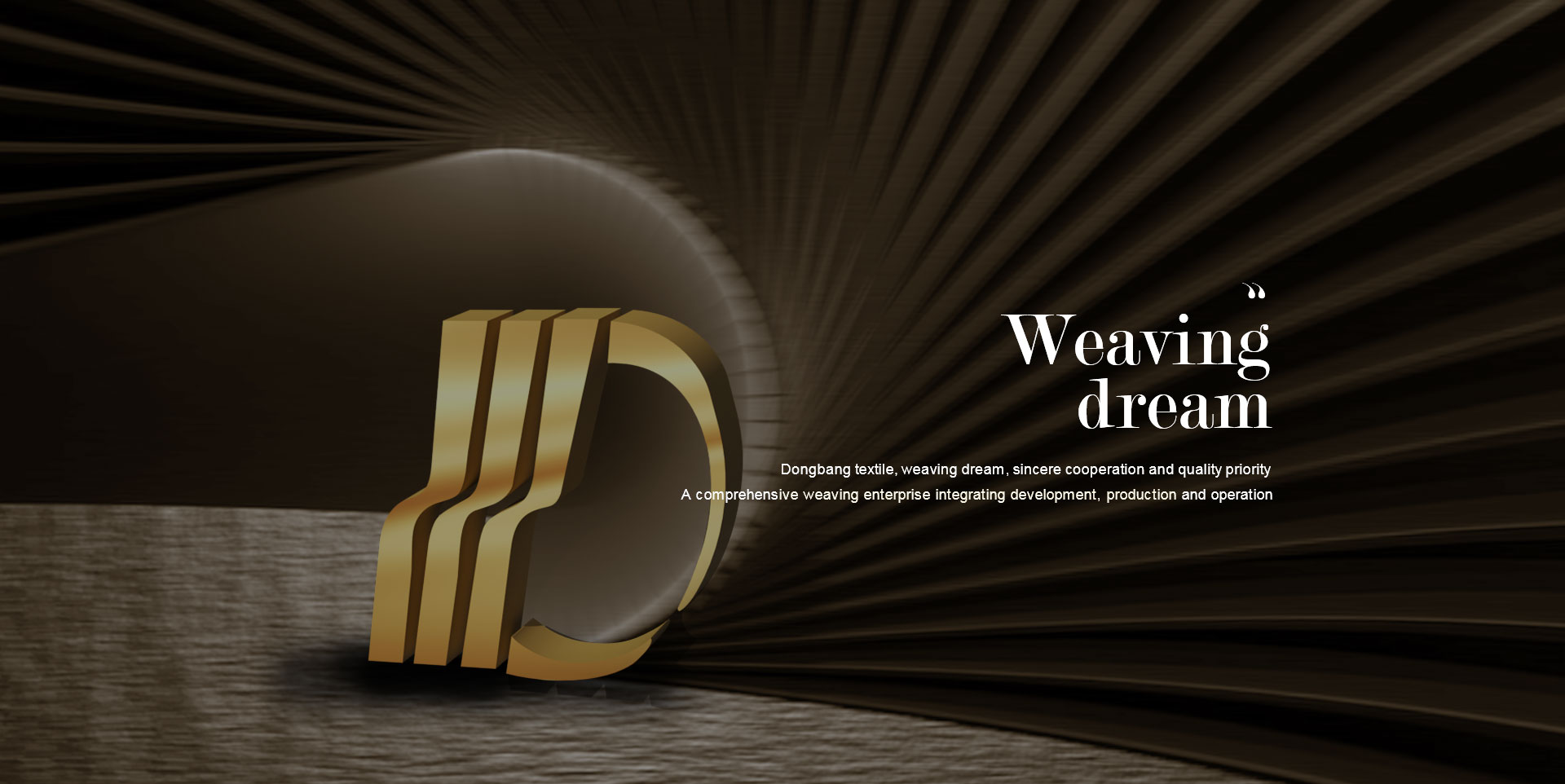


Located in Nantong of Jiangsu province, the well-known textiles city throughout the country, Nantong Dongbang Textiles Co., Ltd is neighboring with the international metropolis Shanghai and the developed cities like Suzhou, Wuxi and Changzhou just across the River. The Guanyinshan Town where the Company located is a predominant geological location with the Yanhai Highway crossing the north and south of the country and the Hutong railway on the east...

The main products are fine count high-density poplin, Oxford textile, seersucker, flannelette, linen cotton, youth cloth, double-layer cloth, jacquard cloth, elastic cloth and home textile fabrics. Our products are exported to Europe, America, Brazil, Japan, South Korea, India, Hong Kong and other countries and regions. We have established good cooperation with hundreds of customers at home and abroad.

The main products are fine count high-density poplin, Oxford textile, seersucker, flannelette, linen cotton, youth cloth, double-layer cloth, jacquard cloth, elastic cloth and home textile fabrics. Our products are exported to Europe, America, Brazil, Japan, South Korea, India, Hong Kong and other countries and regions. We have established good cooperation with hundreds of customers at home and abroad.
Copyright © 2020 Nantong Dongbang Textile Co.,Ltd. 苏ICP备05075275号